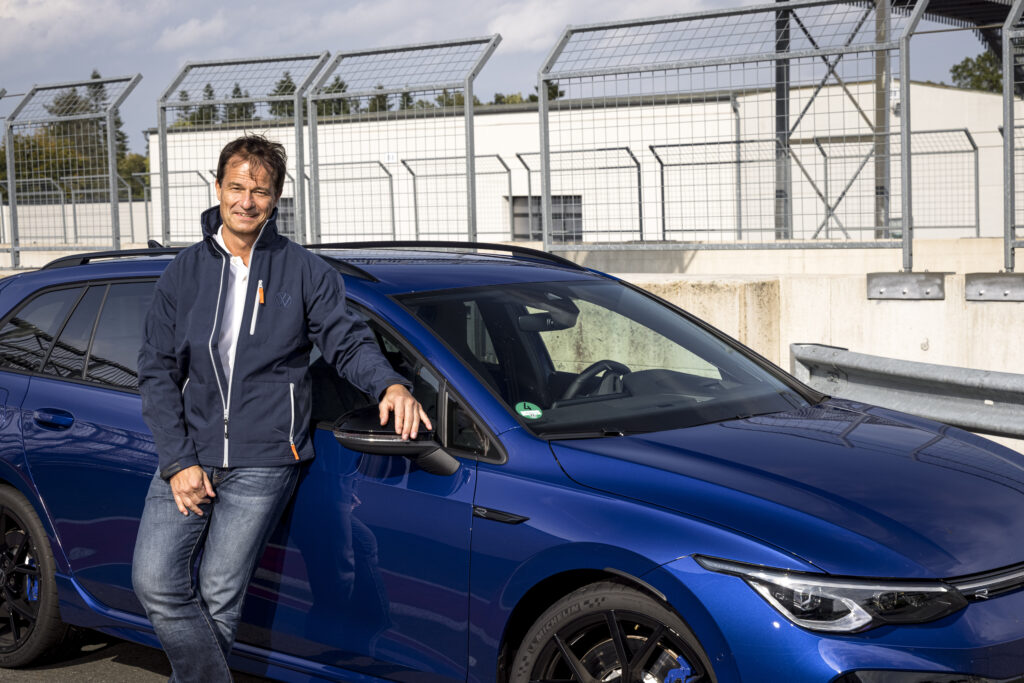VW’s head of driving dynamics, steering and control systems, Karsten Schebsdat, discusses how the interaction between passive and active driving has become a primary focus and the challenges this creates when developing vehicle dynamics.
What is VW’s dynamics development philosophy?
When developing dynamics performance we work on the basis that humans cope best with linear systems, which means that the response [of the car] has to be as linear as possible. As an example, when you turn the steering wheel by 10° then the lateral acceleration should be about 0.1g. If you double this acceleration, then the amount of lateral response should be doubled as well, so 0.2g. This ensures that the driver feels maximum comfort.
How is the development of dynamics-focused technology likely to change in the next two to five years?
Ten years ago vehicle dynamics development was characterized by mechanical systems, so in terms of the basics of the car, that’s the kinematics, the stiffness of the suspension, tires, springs etc. These have all had very high priority in the past. Now we know the best compromises [when developing solutions] and these mechanical elements are becoming more and more software-controlled. If we look into the future, it’s going even more in that direction. It’s all about the interaction between the dynamics and assistance functions, which have a higher relevance.
What data acquisition challenges are you faced with in today’s vehicle dynamics development?
[The challenges revolve around] the subjective evaluation of a car and translating this into objective criteria. This is a very difficult job. We’ve done a lot of development work in the past to develop this objective criteria to ensure it has a good correlation with what one feels when one sits in the car. Using this data we are able to feed our full vehicle models to achieve results in simulation. We do validation tests to confirm that what we have implemented in the simulation is reflected in the real car. This helps us to develop the final specification. Objective criteria development goes hand-in-hand with the subjective work that the application team does.
What’s the biggest development challenge currently?
The interaction between passive and active driving. In the next few months we see a lot of opportunity to make improvements that will provide better haptic feedback for lane assist and travel assist, changes in steering wheel torque for example. We will use new algorithms and systems. The task of ‘describing’ a car that is not driven actively and to establish those objective criteria for active systems is a tough job but very interesting.
How separate are chassis and dynamics development across the VW brands?
In regards to Skoda and Seat, for example, we don’t want to develop everything several times, so we converse a lot and try to develop common systems. We build hardware that can be used in completely different applications but develop the personality for each brand. To develop separate systems would need more people, time and money. In the case of Porsche, for example, the systems are more complex and cost more, so they are devised separately.


